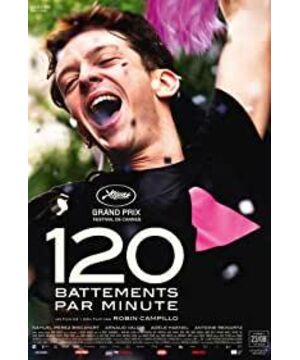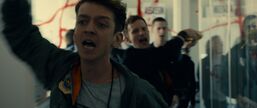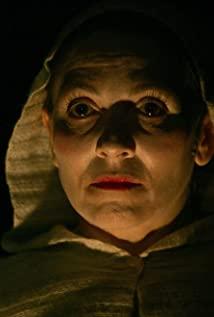The director Robin Campillo, who was a screenwriter, lacked a little grasp of the rhythm of the film. The ending of "120 battements par minute" burst out with a sense of urgency and full of moving emotional power, but it was nearly two and a half. For an hour's movie, this is almost maddeningly protracted. The film maintains a calm and rational narrative technique. If the scenes of intimacy, tenderness, fear and helplessness interspersed in it can be enlarged, the presentation effect of the film will be better. The biggest advantage of this film is that it shows the vitality of young people. However, there are relatively few core characters, and the character image is not full enough to support such a length of the film.
Photographer Janine Lapori used the most simple light to shoot boring charities, but was interspersed with various exciting protest scenes. The noisy dance floor broke the family music, and since then frequent sexual communication began. Director Kan Pillory also completed the scheduling of these tortuous transitions. The adrenaline swaying on the dance floor will be broken down into dust particles or light spots, and transformed into a labyrinth of blood cells. This is a scene where text and poetry are deeply integrated. In addition to Arnold Repottini’s electronic music, there is also the punk-style song "Little Town Boy", which is an iconic gay pop song that was heartbreaking when it sounded in the early AIDS struggle
.
As far as the movie itself is concerned, "120 battements par minute" has many flaws, including the chaotic editing of the second half, the lengthy passion scenes and the suspicion of diluting the main line of emotions
.











